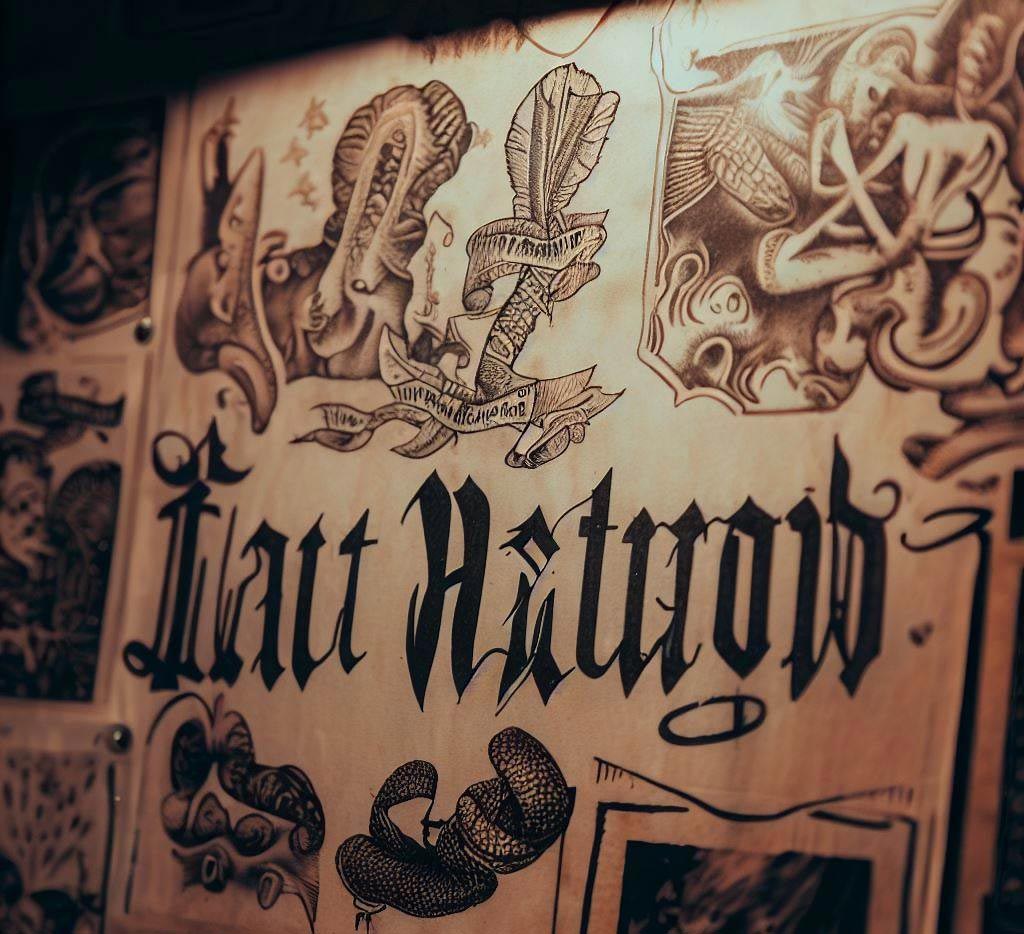
Global Journey: Unfolding the Rich History of Tattoos
Introduction
From the icy reaches of Siberia to the verdant islands of Polynesia, tattoos have a ubiquitous presence across cultures and histories. But how did the journey of this intricate art form evolve over time? What cultural symbolism does it carry? This article invites you to delve into the fascinating world of tattoos, unveiling the evolution of tattoo art throughout history, the significance it holds across cultures, and the way it has been shaped by globalization.
Historical Origin and Timeline of Tattoos
Ancient Beginnings
Tattoos have been around for thousands of years, and their origin traces back to the dawn of human civilization. The earliest evidence of tattoos comes from the famed "Iceman," a mummy found in the Alps dating back to around 3300 BCE, adorned with more than 50 tattoos.
Evolution Over Centuries
However, the culture of tattooing is not confined to one geographical area or era. In ancient Egypt, tattoos were seen primarily on women, often believed to be associated with fertility and rebirth. The Maori people of New Zealand used a form of tattooing called "Ta Moko," which was more of an engraving on the skin and held significant societal importance.
Over the ages, the art and purpose of tattoos have metamorphosed significantly. A case in point is Japan, where tattoos initially held religious and ceremonial rites, and later became infamous with the Yakuza, the Japanese mafia.
Cultural Significance of Tattoos Globally
Tattoos have carried a plethora of meanings across various civilizations and societies. Here's a snapshot of the diverse cultural interpretations:
-
Ritualistic and Ceremonial Purposes: In tribes like the Maori and the tribes of Borneo, tattoos held sacred meanings. They were used for protection, strength, and to showcase one's lineage and achievements.
-
Mark of Slavery or Punishment: Contrary to their symbolic representation in some cultures, tattoos have also been used to mark slaves, criminals, or prisoners in others. The Romans, for instance, tattooed their slaves and prisoners of war as a symbol of servitude.
-
Aesthetics and Fashion: In the modern era, the perception of tattoos has shifted remarkably. They are primarily seen as a form of self-expression, individuality, and fashion statement.
Evolution of Tattooing Techniques, Tools, and Designs
Tattooing techniques have significantly evolved throughout history, reflecting the innovation and cultural development of civilizations. The traditional tattooing techniques involved manually poking the skin with a needle dipped in ink, which gradually transitioned to the invention of the tattoo machine in the late 19th century. In the contemporary era, we see the rise of digital tattoo machines offering precision and a variety of colors and styles.
Traditional tools varied from culture to culture. The Inuit people used a needle made from bone or ivory dipped in soot or gunpowder as ink. Polynesians used tools made of bone, shell, or turtle shell tied to a wooden handle.
The designs, too, have seen a significant transformation. From simple lines and dots to intricate tribal designs, and from there to a broad spectrum of personalized and creative designs – the journey has been long and fascinating.
Influential Figures and Milestones in Tattoo History
Historically, many figures have left their indelible mark on the evolution of tattoos. Samuel O'Reilly, for instance, is a notable name who revolutionized the tattoo industry with the invention of the first tattoo machine in the late 19th century. His invention not only expedited the tattooing process but also made it less painful.
In the recent past, figures like Don Ed Hardy have been instrumental in bridging the gap between tattoos and mainstream art. Hardy's brand 'Ed Hardy' has also played a significant role in making tattoos a global fashion trend.
Current Trends and Future Predictions for Tattoos
As the world evolves, so do the trends and technologies in the tattoo industry. Some of the current trends include:
-
Minimalistic Tattoos: In recent years, small, minimalist tattoos have been gaining popularity. These simple yet elegant tattoos often hold personal meanings for their bearers.
-
Watercolor Tattoos: A newer trend in the tattoo industry is the watercolor style, where the tattoos mimic the fluidity and vibrancy of watercolor paintings.
-
UV Tattoos: A fascinating and futuristic trend is UV or blacklight tattoos. These tattoos are inked with a special ink that is visible under ultraviolet light.
Looking ahead, the future of tattoos is brimming with potential. As technology continues to advance, we might see innovations like bio-ink tattoos that can change color based on the wearer's health indicators or mood.
The Impact of Globalization on the Art of Tattooing
Globalization has played a crucial role in the transformation of the tattoo culture. With the movement of people across borders, cultural exchange has led to the evolution of tattoo designs and styles. The adoption of tattoos by celebrities and influencers has also aided in the mainstream acceptance of tattoos.
However, globalization also poses a risk of cultural appropriation and dilution of traditional tattooing techniques and symbolisms. Thus, it becomes essential to respect and preserve the cultural origins and meanings of tattoo designs.
Conclusion
The rich history of tattoos provides a vibrant canvas that narrates the tale of human civilization. From ancient tribal cultures to the globalized world, tattoos have come a long way. They have transformed from being mere body modifications to powerful tools of self-expression and identity. Whether seen as a cultural symbol, a mark of rebellion, or a work of art, tattoos undeniably hold a significant place in human history.
"Dive into the intriguing history of tattoos, exploring its cultural significance, evolution, and the transformative art of inking across centuries. In every stroke and every mark, there is a story to tell, a history to remember, and a future to anticipate."
Society History




